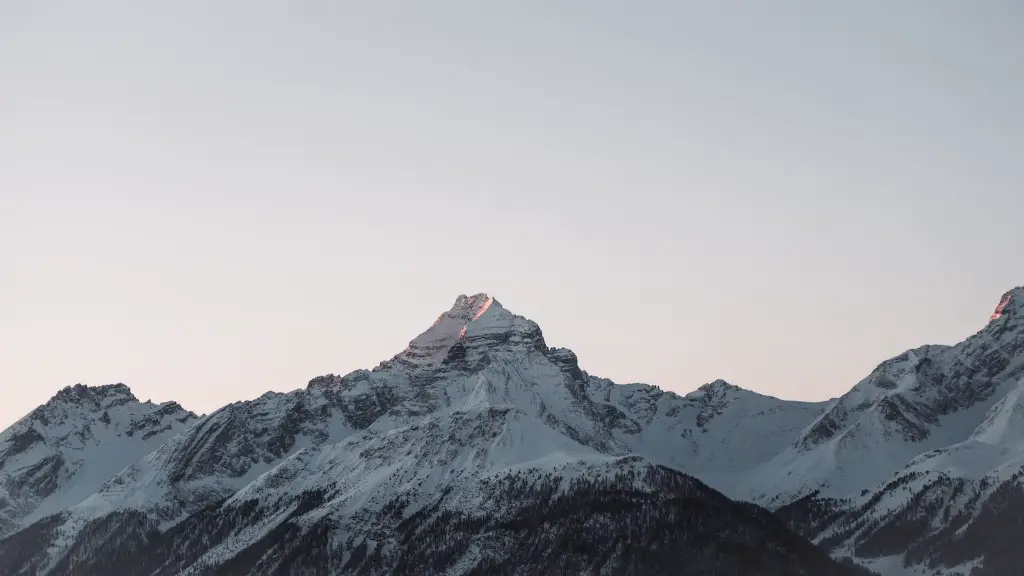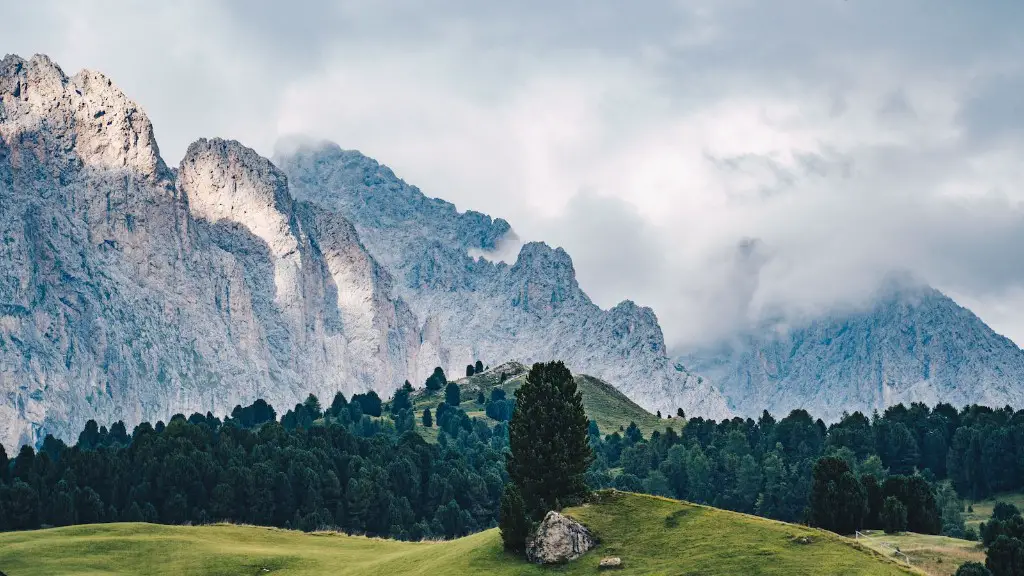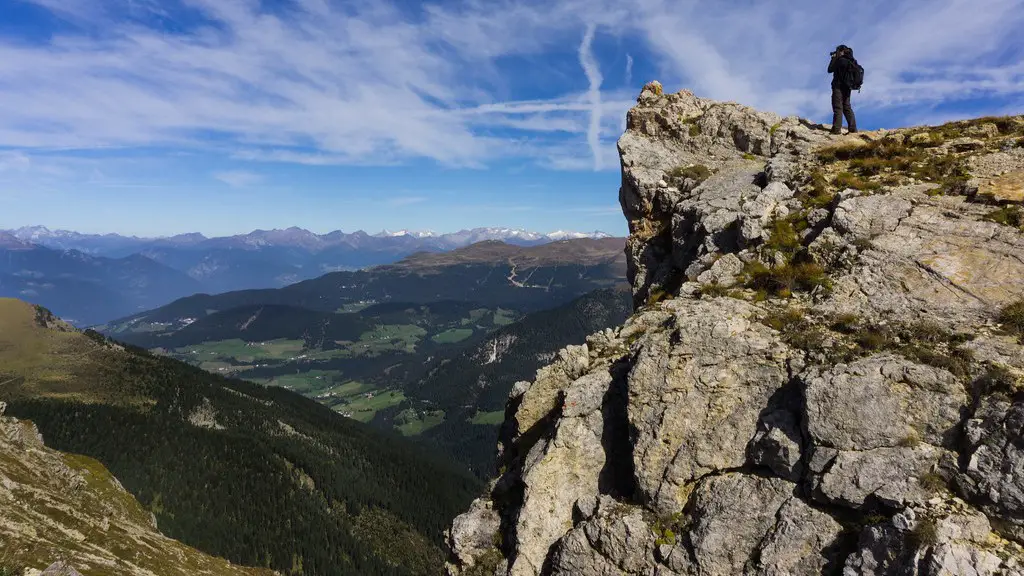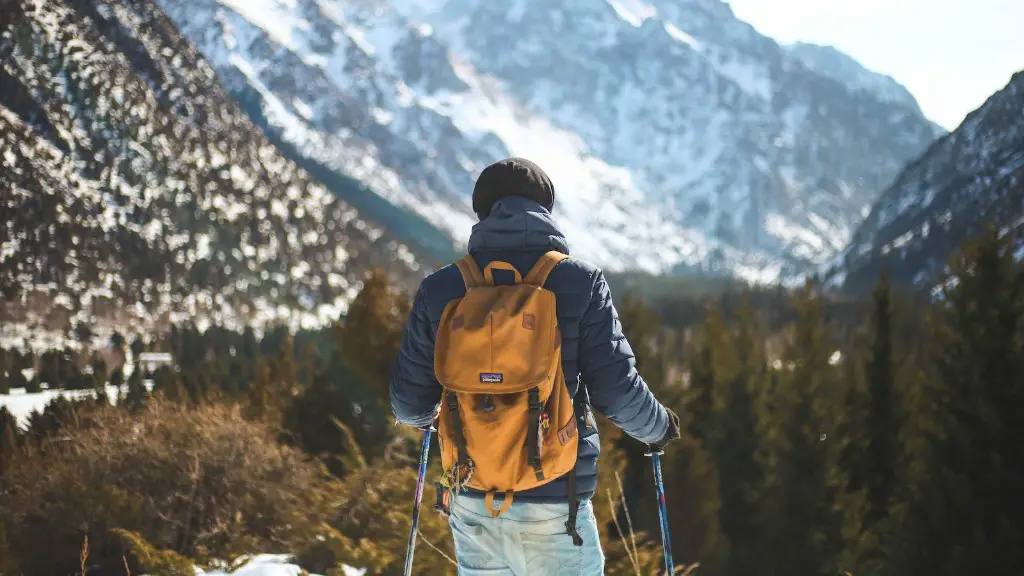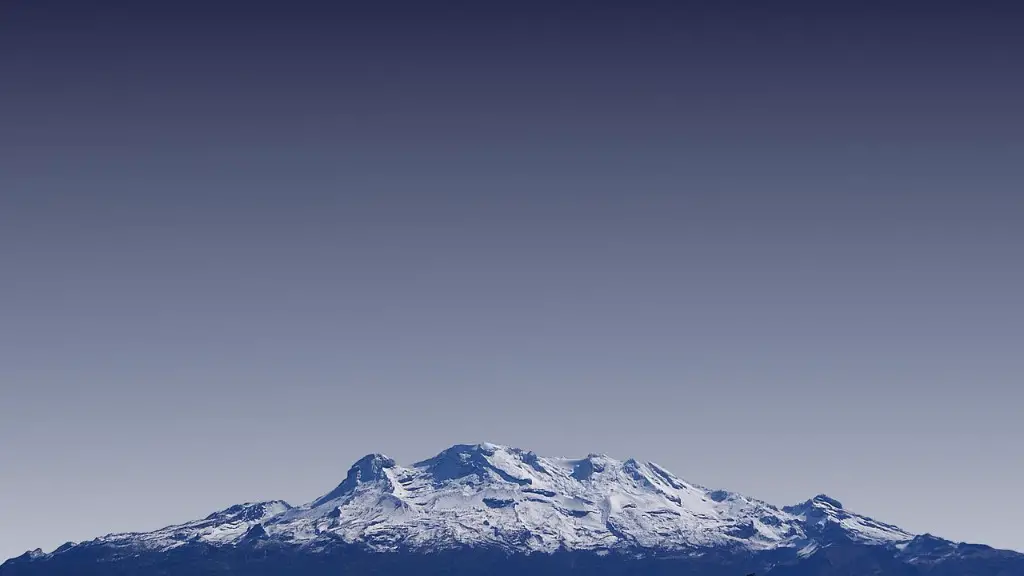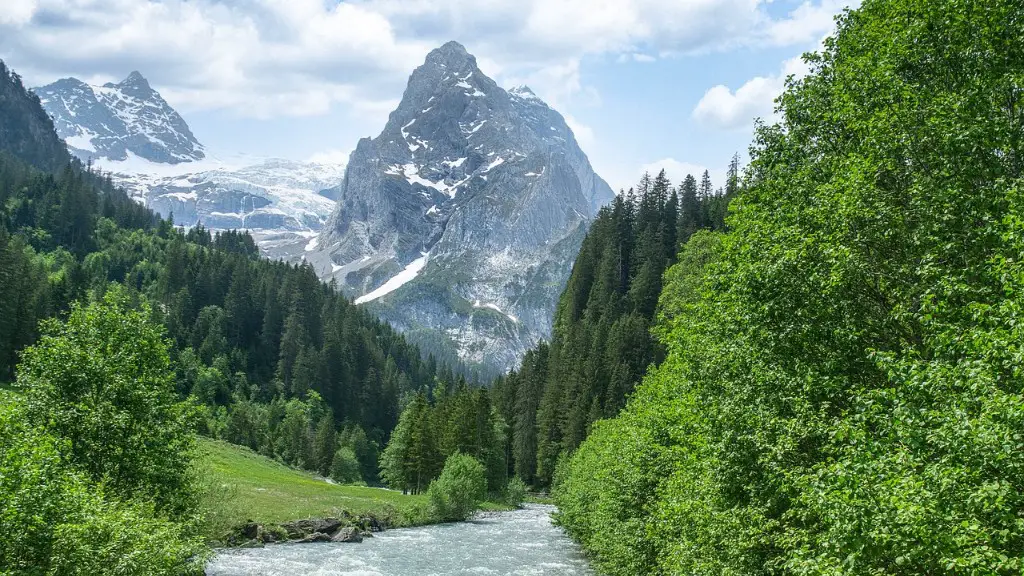Mount Everest, the world’s tallest mountain, is certainly dangerous. It has been the scene of some of the most catastrophic accidents and incidents in mountaineering history. In recent years, however, the number of mountaineers seeking to summit Everest has exploded, and the overall fatality rate has decreased. The biggest dangers on Everest now are overcrowding and inexperience.
Mount Everest is dangerous because it is the tallest mountain in the world. It is also dangerous because it is located in the Himalayan Mountains, which are known for their extreme weather conditions.
What are the dangers of Mount Everest?
Climbing Mount Everest can be extremely dangerous due to the many potential hazards involved. Some of these dangers include altitude sickness, unpredictable weather, extreme cold temperatures, the Khumbu icefall, avalanches, summit fever, and crevasses. Many of these dangers are made even more dangerous by the lack of experience of many climbers.
The Khumbu Icefall is the most dangerous part of an Everest expedition. Even with the extensive systems of ropes and ladders installed each climbing season by the ice doctors, the Khumbu Icefall is a treacherous place. One misstep could mean a fall into a crevasse or worse. The best way to stay safe while climbing through the Khumbu Icefall is to be very careful and to follow the instructions of the ice doctors.
What is the death rate on Mount Everest
It is estimated that over 9,000 people have climbed Mount Everest, with over 300 people dying on the mountain. This gives a mortality rate of just over 3%. While this may seem like a high number, it is important to remember that Everest is a very difficult and dangerous mountain to climb.
If you go to a high altitude, your body needs to adjust properly by getting used to it slowly or you could get very sick and even die. Humans can survive at high altitudes, but there are many people who live and work at high altitudes.
What is the biggest cause of death on Mount Everest?
The top three causes of death on Everest are avalanches, falls, and mountain sickness. Most avalanches occur during descents when the body is exhausted and concentration is reduced. Falls often occur during climbs when the body is tired and concentration is reduced. Mountain sickness can occur at any time during the climb and can be fatal if not treated immediately.
The “death zone” is a term used to describe the altitude above 8,000 metres (26,000 feet) where the oxygen levels are insufficient to sustain human life for an extended period. The summits of the world’s 14 tallest mountains are all found in the death zone.
At these altitudes, the human body is under immense stress and can only survive for a short period of time. The lack of oxygen leads to altitude sickness, which can cause symptoms such as headache, nausea, vomiting, fatigue, and dizziness. In severe cases, altitude sickness can lead to death.
mountaineers who attempt to summit the world’s tallest mountains must be prepared to face the challenges of the death zone. They must carry oxygen tanks and be prepared for the worst.
How dirty is the top of Mount Everest?
The Sagarmatha National Park was created in 1976 to protect the mountain and its wildlife, and it became a United Nations Educational, Scientific and Cultural Organization (UNESCO) World Heritage site in 1979. However, today the Everest is so overcrowded and full of trash that it has been called the “world’s highest garbage dump”. This is a serious problem that needs to be addressed in order to preserve this natural wonder.
The world’s 10 most dangerous and hardest mountains to climb are:
1. Mount Everest, China-Nepal
2. Annapurna I, Nepal
3. Dhaulagiri I, Nepal
4. Manaslu, Nepal
5. Nanga Parbat, Pakistan
6. Makalu, Nepal
7. Baintha Brakk, Pakistan
8. Siula Grande, Peru
9. K2, Pakistan
10. Broad Peak, Pakistan
What is the world’s deadliest mountain
Annapurna I is a mountain in the Himalayas and is considered to be the deadliest mountain in the world. This is because of the extremely steep face that is present on the ascent. Out of the 158 attempts that have been made, 58 people have died, which is a very high number. This mountain has the greatest fatality rate of any ascent in the world, which is something that is very concerning.
Green Boots is a tragic figure on Mount Everest. He is believed to be Tsewang Paljor, an Indian climber who died on the mountain in 1996. His body has become a landmark on the main Northeast ridge route of the mountain, and his story is a reminder of the deadly dangers of Everest.
Why do they leave bodies on Everest?
Many people dream of summiting Mount Everest, the tallest mountain in the world. But what some don’t realize is that climbing Everest is incredibly dangerous. Dozens of people have died while attempting to reach the summit, and many of their bodies remain on the mountain.
When people die on Everest, their bodies are often left where they fall because it is too difficult and dangerous to remove them. This can be difficult for the deceased’s family and friends who want to give them a proper burial. And it’s not just emotionally difficult – it can also be very expensive.
Final repatriation costs tens of thousands of dollars (in some cases, around $70,000) and can also come at a fatal price itself: two Nepalese climbers died trying to recover a body from Everest in 1984.
If you’re considering climbing Everest, be sure to do your research and be prepared for the risks. And if you do summited the mountain, remember that there are people who have died trying to do the same thing. Show respect for their final resting place.
The 1996 Mount Everest disaster occurred on 10–11 May 1996 when eight climbers caught in a blizzard died on Mount Everest while attempting to descend from the summit. The summit of Mount Everest had been reached by 16 people on that day. It was the deadliest day on Everest until the 16 April 2014 avalanche.
How much does it cost to climb Everest
The average price of an expedition to Mount Everest in 2023 is $58,069, and the median price is $50,000. This is based on pricing data from ExpedReview. It is important to note that these prices are only averages, and actual prices may vary depending on the company and the trip package.
In order to summit Everest without supplementary oxygen, one would need to hyperventilate to the point of respiratory alkalosis. This would be extremely dangerous, and even then the arterial PO2 would be less than 30 Torr. It is simply not worth the risk to try and summit Everest without supplementary oxygen.
Can you go to Everest alone?
The new regulation stipulates that every foreign solo climber must have a climbing guide while ascending Mount Everest. This is to ensure the safety of the climbers, as solo climbing can be very dangerous. The Department of Tourism has been delegated more power to function independently in order to implement this regulation effectively.
There are two routes to scale Mount Everest – one from the north side in Tibet and another from the south side in Nepal. Chinese authorities impose an age limit of 18-60 for climbers attempting to summit from Tibet, while in Nepal, climbers must be a minimum of 16 years old but there is no upper age limit.
How long does it take to climb Mt. Everest
If you want to climb Mount Everest, you need to set aside at least three months. It takes 19 days to trek to Everest Base Camp and back, and then an average of 40 days to climb to the summit. Make sure you’re up for the challenge before undertaking this journey!
The death toll on Everest is unfortunately quite high, with over 310 people dying between 1924 and 2022 according to the Himalayan Database. However, the actual number of deaths is likely to be even higher than this, as many bodies are never recovered from the mountain. Climbing Everest is an extremely dangerous undertaking and should only be attempted by experienced climbers with the proper gear and preparation.
Final Words
Yes, Mount Everest is dangerous. It is the highest mountain in the world, and it has very extreme conditions. The air is thin and the weather can be very bad. Many people have died on Mount Everest.
Yes, Mount Everest is dangerous. It is the tallest mountain in the world, and it is very difficult to climb. Many people have died trying to climb Mount Everest.
